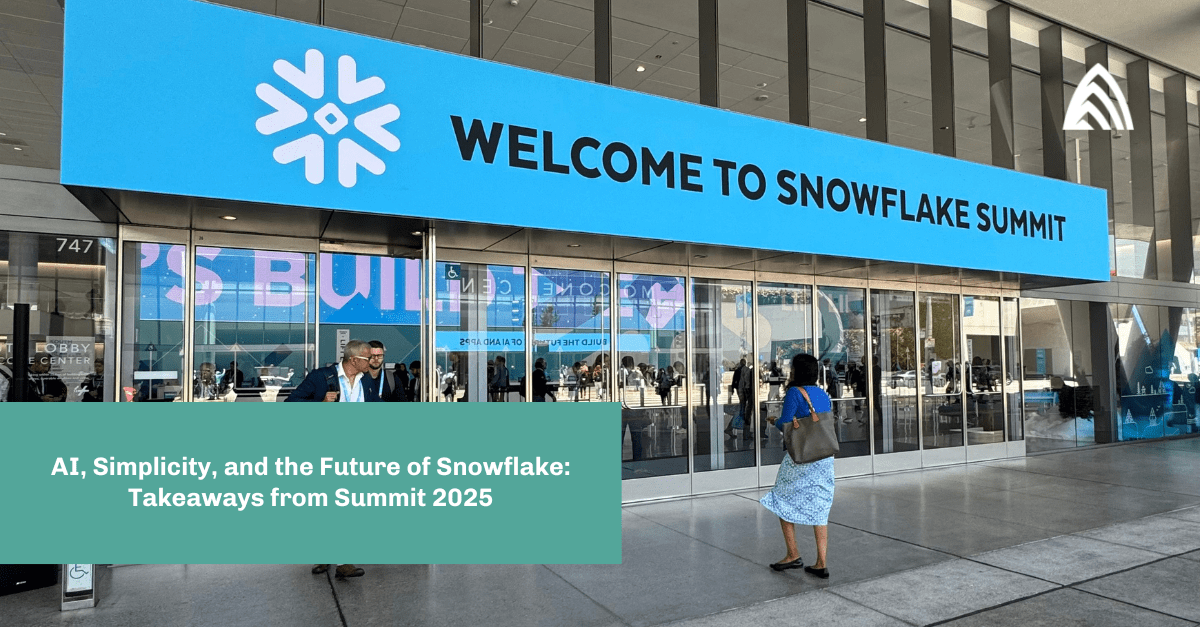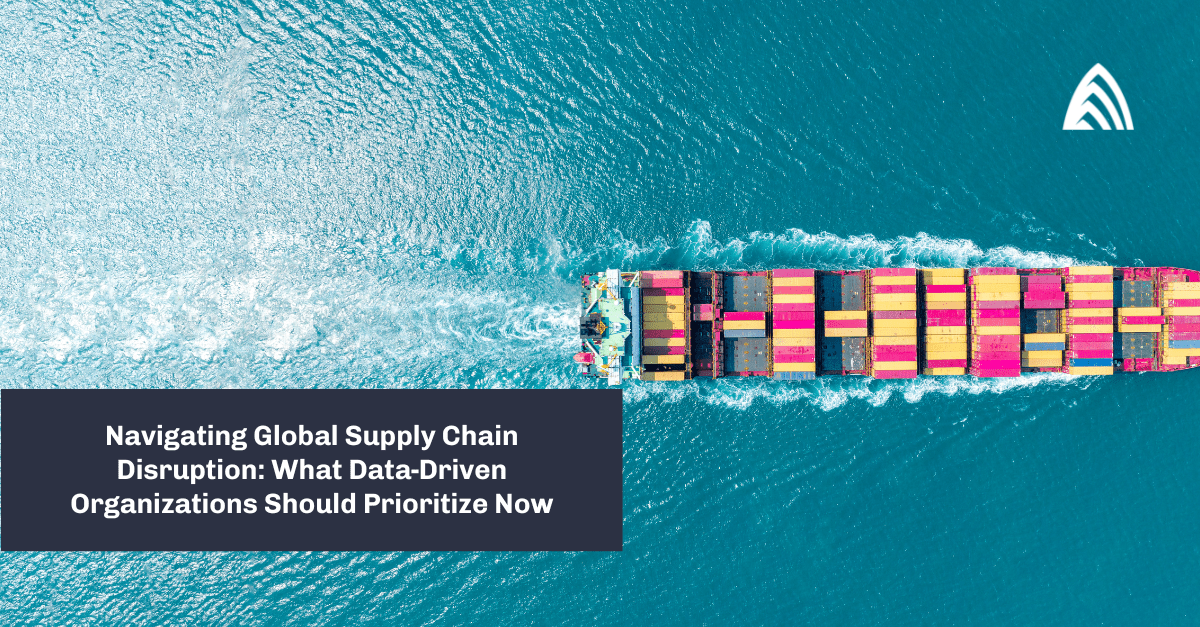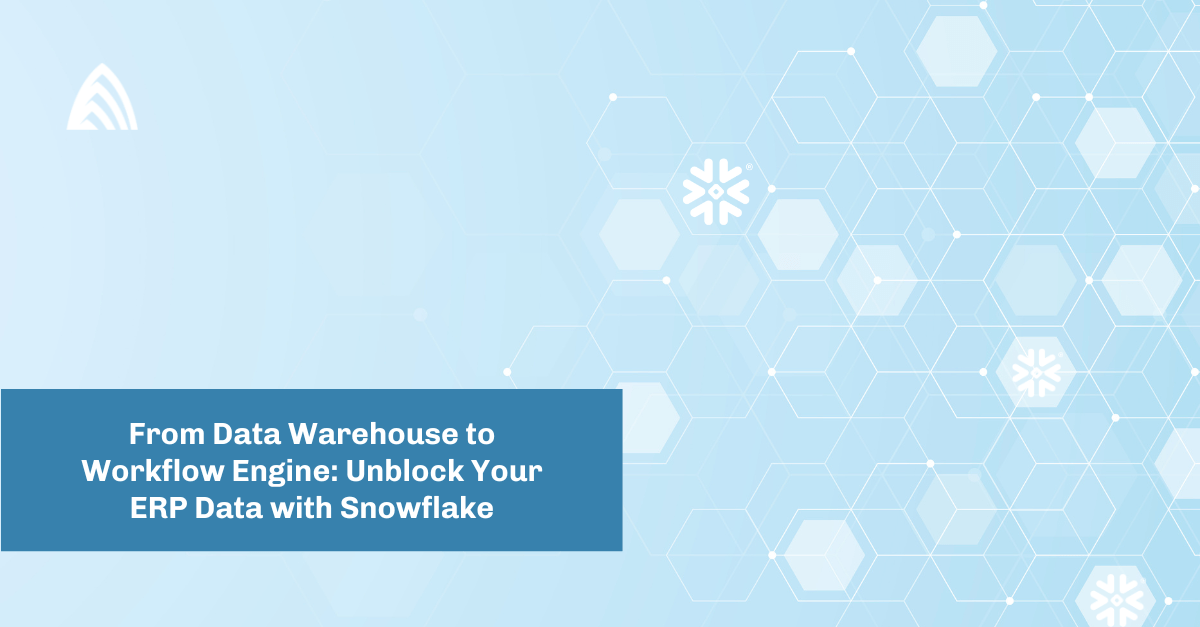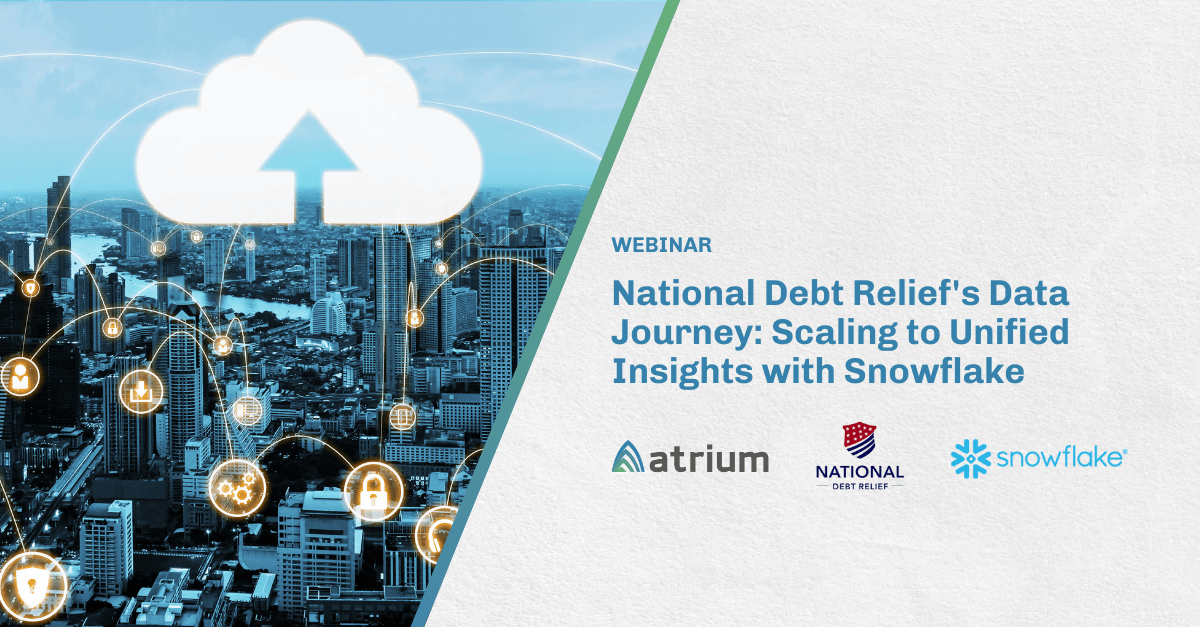Salesforce customers generally choose the leading CRM platform because it streamlines their sales, marketing, and customer service processes with data analytics and insights. But to further enhance the capabilities of Salesforce (and specifically their Salesforce data), many Salesforce customers are also starting to leverage Snowflake Data Cloud as they move toward a more modern data architecture.
However, with budget concerns and questions around integration and adoption, the combination of Snowflake and Salesforce can lead some customers to have some hesitation around how these solutions work together. Let’s go over some of the most common misconceptions about the value of Salesforce and Snowflake as part of a modern data architecture.
Misconception #1: Snowflake’s Data Cloud is just another data warehouse, data lake, etc.
One of the biggest misconceptions about Snowflake Data Cloud is that it’s just another data warehouse or data lake. In fact, it’s fundamentally different from traditional data warehouses. Snowflake’s Data Cloud is designed for scalable, elastic data storage and processing. Unlike on-premise data warehouses, Snowflake can seamlessly handle massive amounts of data, making it an ideal choice for organizations to store, model and create data products that can be exposed and used back within the context of a user in Salesforce, without storing all of this data in Salesforce.
Misconception #2: Snowflake Data Cloud is too complicated for your team to learn to use
Some Salesforce customers might think that Snowflake Data Cloud is overly complex and challenging to use. You’re already all in on Salesforce, so why add another system?
Snowflake has become independently popular for its simplicity and user-friendly look and feel. It allows users to focus on analyzing and extracting insights from their data, rather than managing the underlying infrastructure. Snowflake also offers comprehensive documentation and training resources, though it helps to have a dedicated partner who knows Snowflake and Salesforce inside and out.
Misconception #3: Snowflake Data Cloud requires a complete data integration pipeline to be built
Many organizations hesitate to adopt Snowflake Data Cloud for fear of having to integrate all their data at once. Fortunately, Snowflake allows for incremental data integration, meaning you can start by transferring only a subset of your Salesforce data to Snowflake (i.e. you might just start with sales data, or even sales data for a single line of business).
This gradual approach enables organizations to test and validate Snowflake’s capabilities without committing to a full-scale integration. Snowflake and Salesforce are also continually looking for ways to make data sharing and integration between the two platforms easier, with tools like pre-configured connectors and zero-copy ETL solutions.
Misconception #4: Snowflake Data Cloud is too expensive
Anything worth doing is worth doing well, and your tech stack is no exception — but that’s easier said than budgeted. Snowflake offers flexible pricing options that can accommodate a wide range of IT budgets. Additionally, Snowflake’s scalability ensures that you won’t be overpaying for idle resources, making it a cost-efficient choice in the long run. This is another area in which having the right Snowflake partner can help you make sure you’re using Snowflake to its full potential, as well as integrating it properly with Salesforce and other data sources.
Misconception #5: Snowflake and Salesforce don’t play well together
Both Salesforce and Snowflake have built their products with the specific intention of making them open and extensible. Both products have open API frameworks, hundreds of industry connectors, and very robust online training and support mechanisms. The interoperability between Salesforce and Snowflake is already very mature and continues to improve with each product release.
Currently Snowflake offers native connectors and integration options that make it easy to extract data from Salesforce, analyze it in Snowflake, and then push insights back into Salesforce for improved decision-making and reporting. The integration between Salesforce and Snowflake can enhance your CRM data and capabilities significantly.
Misconception #6: Snowflake Data Cloud doesn’t give you the most current insights
Snowflake offers near-real-time analytics capabilities based on data stored in Snowflake’s Data Cloud, thanks to its ability to handle data streaming and processing. While most data pipelines between Salesforce and Snowflake are not real time and are done with periodic batch processing, near real-time analytics are possible based on the integration pattern chosen with Salesforce. This allows your organization to make data-driven decisions faster than ever before.
The business case for investing in Snowflake and Salesforce
Snowflake Data Cloud can be a valuable addition to your Salesforce infrastructure, offering scalability, ease of use, secure data sharing, and cost-efficiency that can transform the way your business manages and analyzes data. Hopefully knowing more about the realities of using Snowflake and Salesforce can help you make an informed decision about adopting Snowflake Data Cloud and think through its potential to drive impactful business outcomes.
Questions about how Snowflake and Salesforce work together? Contact us for answers from a team of certified Snowflake and Salesforce consultants.








